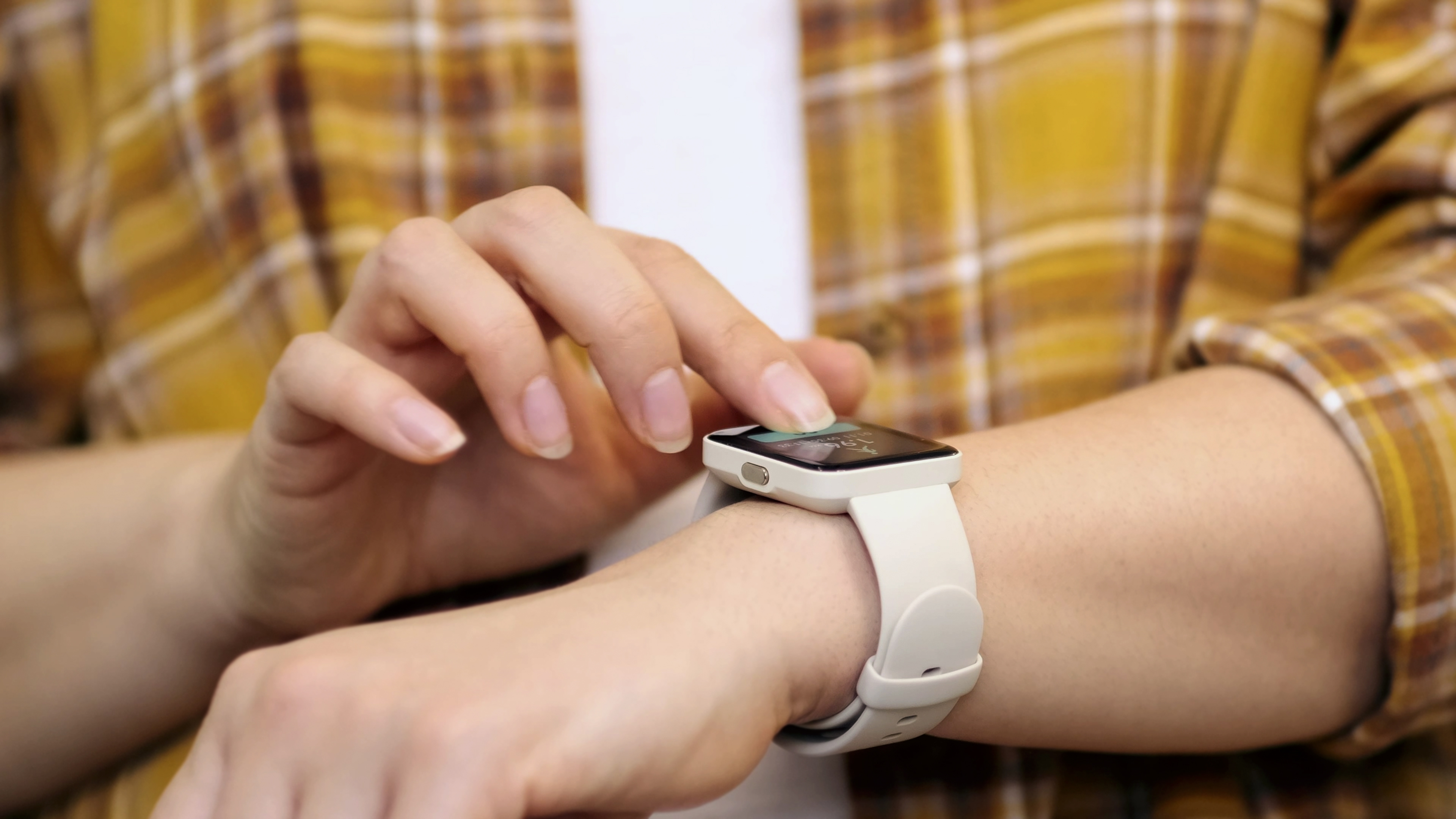Ways Your Smartwatch Data Can Reveal Hidden Health Risks (And What to Do)
In an era where technology seamlessly integrates with daily life, smartwatches have emerged as pivotal tools in personal health monitoring. These wrist-worn devices have transcended their initial roles as mere timekeepers and fitness trackers, evolving into sophisticated health monitors capable of capturing myriad physiological signals. The allure of smartwatches lies in their ability to provide real-time data, empowering users to make informed health decisions. This article explores the intricate world of smartwatch health monitoring, offering insights into 12 essential steps to decode hidden health signals and take action. With an ever-growing array of features, smartwatches are not just gadgets; they are personal health allies. Let's take a look into the specifics of how these devices can transform our understanding of health and wellness!
1. Understanding the Basics of Smartwatch Sensors

Smartwatches are equipped with a variety of sensors that capture different health metrics. These sensors include accelerometers, gyroscopes, optical heart rate monitors, and even electrocardiogram (ECG) sensors. Each sensor plays a unique role in monitoring specific health parameters. For instance, accelerometers and gyroscopes work in tandem to track movement and estimate energy expenditure, while optical heart rate monitors use light to measure blood flow and heart rate. Understanding the function of these sensors is crucial for interpreting the data they provide. By familiarizing oneself with the basics of these technologies, users can better appreciate the depth of information their smartwatches offer, leading to more effective health management.
2. The Role of Heart Rate Monitoring

Heart rate monitoring is one of the most fundamental features of a smartwatch. By continuously tracking heart rate, users can gain insights into their cardiovascular health. Resting heart rate is a key indicator of fitness and overall health, with lower rates generally suggesting better cardiovascular efficiency. Additionally, heart rate variability (HRV) can provide insights into stress levels and autonomic nervous system balance. Smartwatches also offer alerts for irregular heartbeats, potentially identifying conditions such as atrial fibrillation. Understanding and acting upon heart rate data can prompt lifestyle changes that improve heart health, such as increased physical activity or stress reduction techniques.
